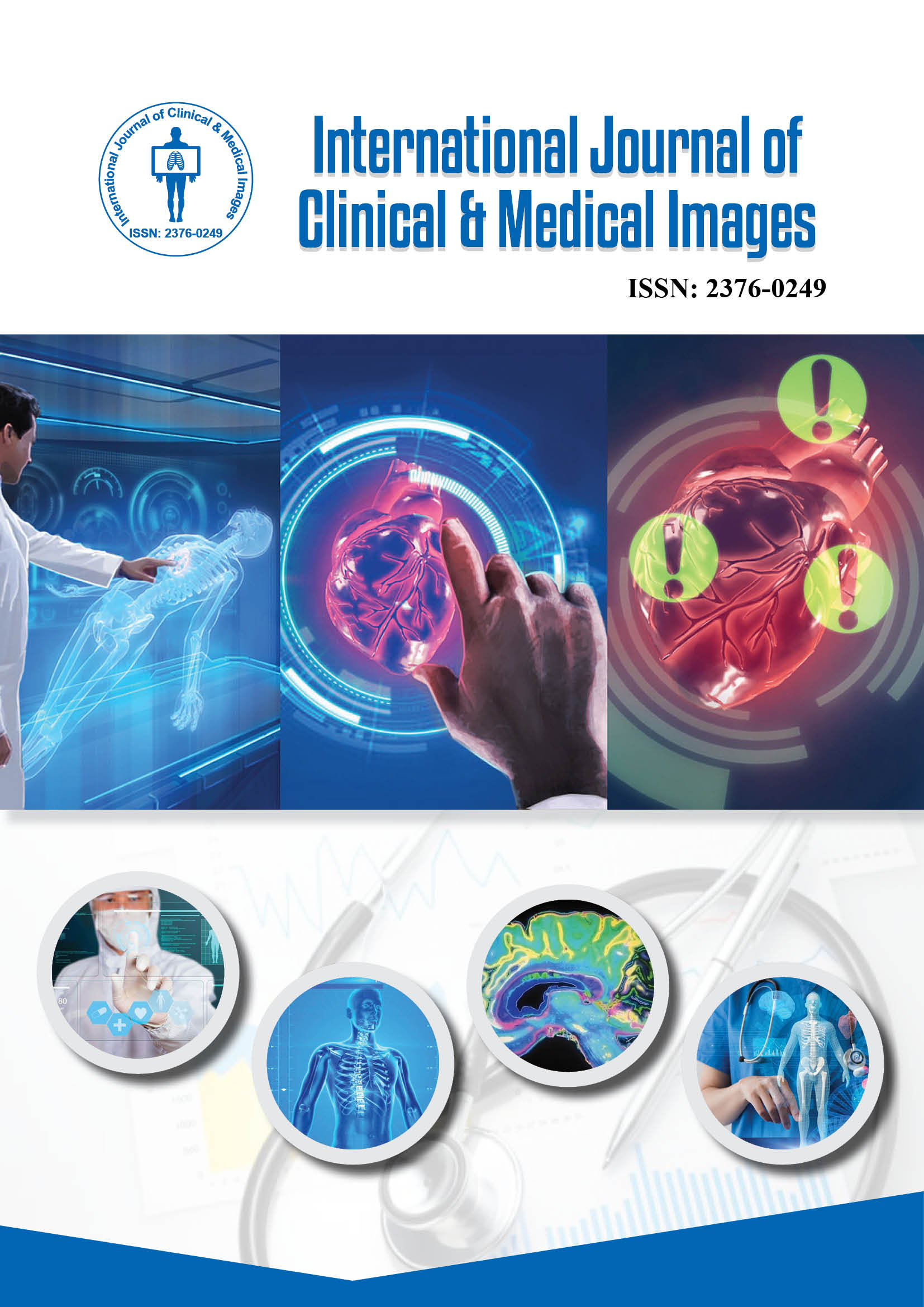2376-0249
Clinical-Medical Image - International Journal of Clinical & Medical Images (2024) Volume 11, Issue 12
Author(s): Grutter Huang*
Department of Cardiovascular and Interventional Radiology, Medical University of Vienna, 1090 Vienna, Austria
*Corresponding Author:
Grutter Huang
Department of Cardiovascular and Interventional Radiology
Medical University of Vienna
1090 Vienna, Austria
E-mail:grutterhuang@snu.com
Received: 01 December, 2024, Manuscript No. ijcmi-25-160158; Editor assigned: 02 December, 2024, Pre QC No. P-160158; Reviewed: 18 December, 2024, QC No. Q-160158; Revised: 23 December, 2024, Manuscript No. R-160158; Published: 30 December, 2024, DOI: 10.4172/2376-0249.1000992
Citation: Huang G. (2024) The Role of Genetics in Heart Disease Risk. Int J Clin Med Imaging 11: 992.
Copyright: © 2024 Huang G This is an open-access article distributed under the terms of the Creative Commons Attribution License, which permits unrestricted use, distribution, and reproduction in any medium, provided the original author and source are credited.
Heart disease remains one of the leading causes of death worldwide, with various factors contributing to its development. While lifestyle choices such as diet and exercise play a significant role in cardiovascular health, genetics also significantly influence an individual's risk of developing heart disease. Understanding the genetic basis of heart disease has become increasingly important in identifying high-risk individuals and developing personalized prevention and treatment strategies. This manuscript explores the role of genetics in heart disease, highlighting key genetic factors associated with an increased risk of cardiovascular conditions, including coronary artery disease, heart failure, and arrhythmias. By examining the interaction between genetic predisposition and environmental factors, this work emphasizes the importance of genetic research in advancing heart disease prevention, diagnosis, and treatment.
One of the well-understood genetic factors related to heart disease is the inheritance of specific mutations or variations in genes involved in lipid metabolism. For example, mutations in the LDLR gene, which codes for the LDL cholesterol receptor, can lead to familial hypercholesterolemia, a condition characterized by extremely high levels of Low-Density Lipoprotein (LDL) cholesterol in the blood. Individuals with familial hypercholesterolemia are at a significantly higher risk for developing early-onset coronary artery disease. Similarly, variations in genes such as APOB and PCSK9 have been linked to altered cholesterol levels and an increased risk of heart disease. These genetic variations can provide important insights into an individual’s cardiovascular health, particularly when combined with other risk factors like age, gender, and lifestyle.
Despite the significant advances in identifying genetic factors associated with heart disease, it is important to note that genetics alone does not determine the development of cardiovascular conditions. The interaction between genetic predisposition and environmental factors such as diet, exercise, and smoking is crucial in understanding an individual’s overall risk. Personalized medicine, which takes into account both genetic and environmental factors, holds promise for improving the prevention, diagnosis, and treatment of heart disease. By identifying individuals at high genetic risk, healthcare providers can implement early interventions to reduce the likelihood of disease progression [1,2].
Keywords
Heart disease; Cardiovascular risk; Heart failure
None.
None.
[1]Everett RJ, Treibel TA, Fukui M, Rigolli M and Lee H, et al. (2020). Extracellular myocardial volume in patients with aortic stenosis. J Am Coll Cardiol 75(3): 304-316.
Google Scholar, Crossref, Indexed at
[2]Martinez-Naharro A, Kotecha T, Norrington K, Rezk T and Boldrini M, et al. (2019). Native T1 and extracellular volume in transthyretin amyloidosis. JACC Cardiovasc Imaging 12(5), 810-819.
 Awards Nomination
Awards Nomination

